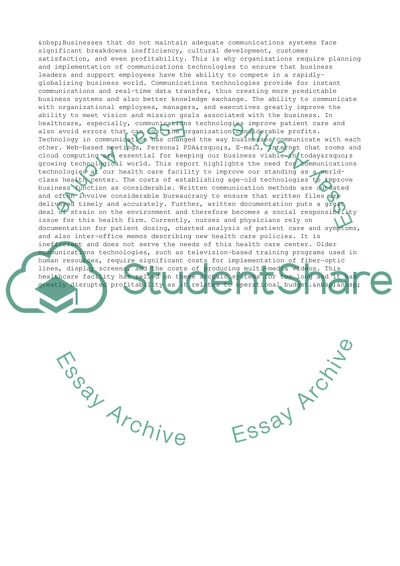Cite this document
(“Communication Technology in Business Research Paper”, n.d.)
Retrieved from https://studentshare.org/business/1400832-communication-technology-in-business
Retrieved from https://studentshare.org/business/1400832-communication-technology-in-business
(Communication Technology in Business Research Paper)
https://studentshare.org/business/1400832-communication-technology-in-business.
https://studentshare.org/business/1400832-communication-technology-in-business.
“Communication Technology in Business Research Paper”, n.d. https://studentshare.org/business/1400832-communication-technology-in-business.


